

-- 12. (trouble) List all customers, title, artist, quantity ordered
SELECT customer_name, title, artist, order_qty
FROM customers,items,orderline, orders
WHERE orders.order_id = orderline.order_id
AND customers.customer_id = orders.customer_id;
I tried the query however wont get the results i need, will anyone please take a look.
results below
'Cora Blanca', 'Under the Sun', 'Donald Arley', '3'
'Cora Blanca', 'Dark Lady', 'Keith Morris', '3'
'Cora Blanca', 'Happy Days', 'Andrea Reid', '3'
'Cora Blanca', 'Top of the Mountain', 'Janice Jones', '3'
'Cora Blanca', 'Streets from Old', 'Sharon Brune', '3'
'Cora Blanca', 'The Hunt', 'Walter Alford', '3'
'Cora Blanca', 'Rainbow Row', 'Judy Ford', '3'
'Cora Blanca', 'Skies Above', 'Alexander Wilson', '3'
'Cora Blanca', 'The Seas and Moon', 'Susan Beeler', '3'
'Cora Blanca', 'Greek Isles', 'Benjamin Caudle', '3'